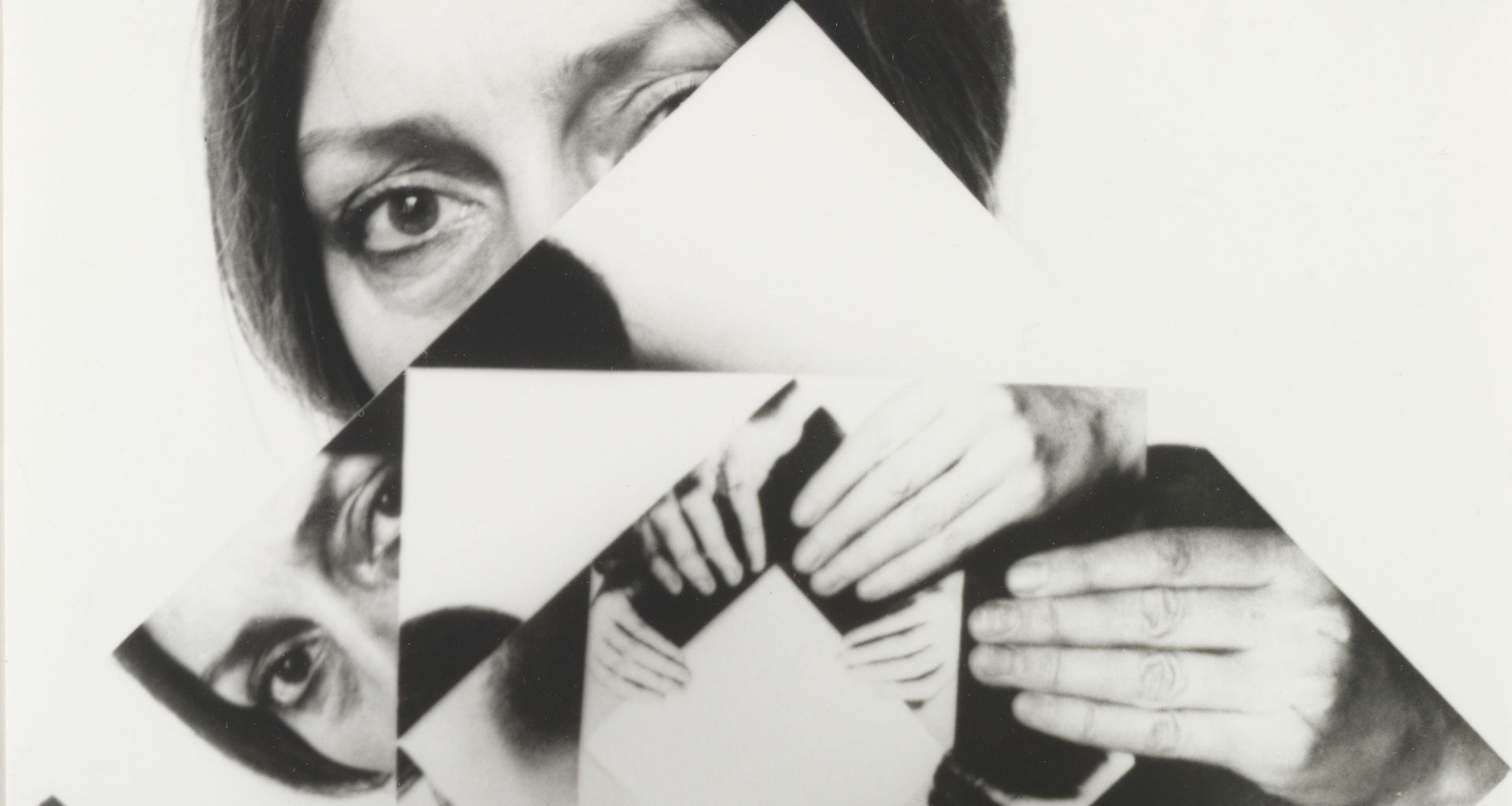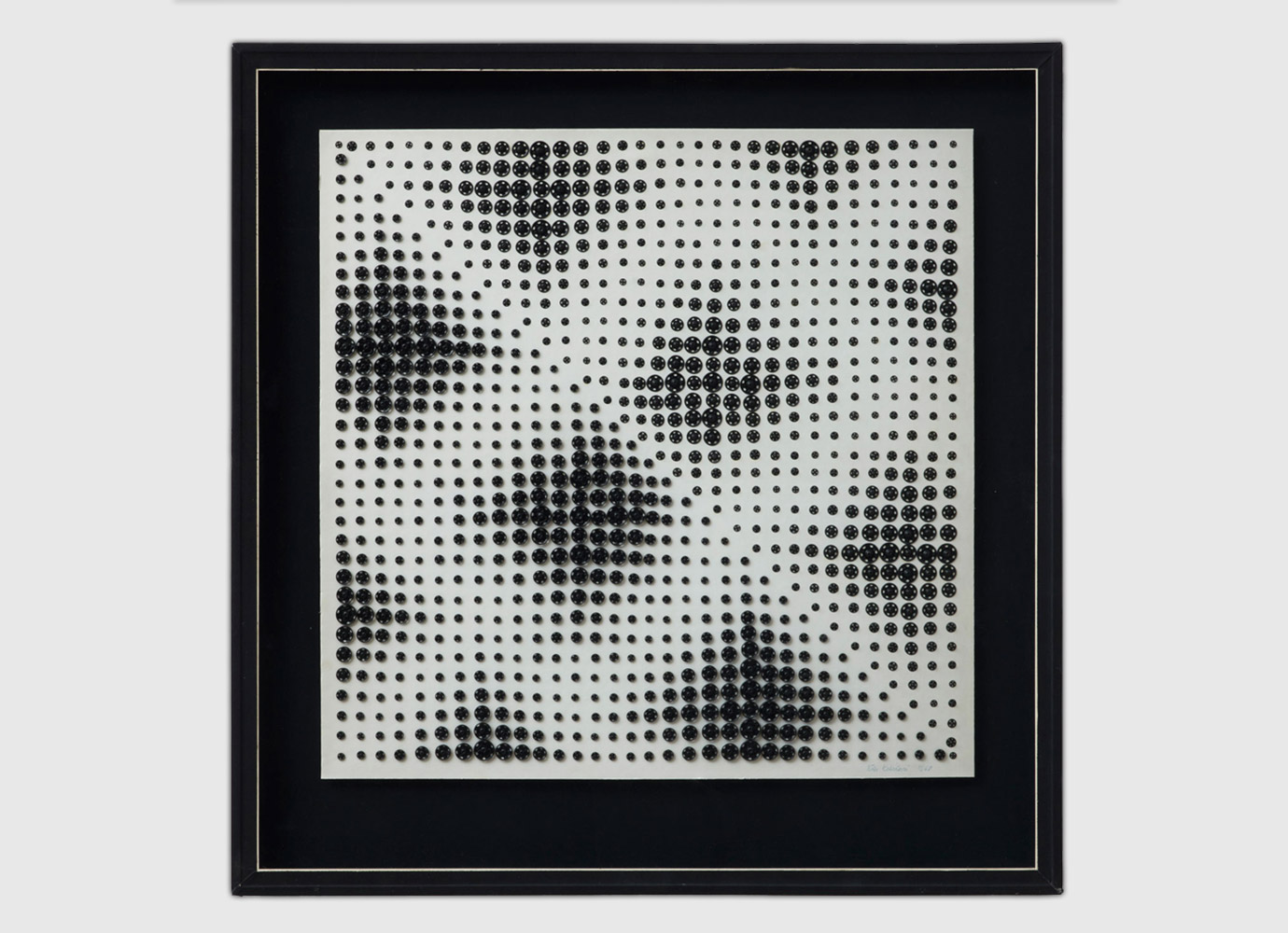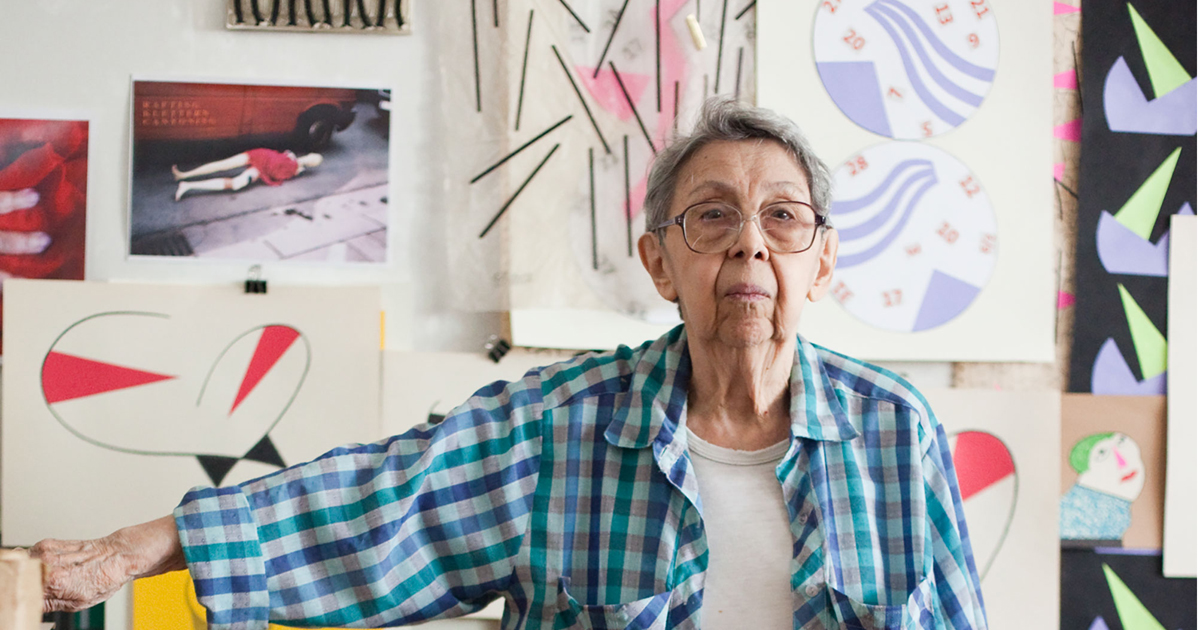Curvaceous shapes in cheerful colours: Ilona Keserü’s paintings wrest unbridled joy out of the grip of sorrow
Born on this day in 1933, Hungary’s leading post-war artist, Ilona Keserü, developed a luminous and organic abstract style in the face of political and cultural hardship.
Seminal Moments
Keserü grew up in Pécs, close to the Croatian border, in the shadow of Hungary’s 1956 revolution against the Soviet-installed government. This anti-USSR uprising was violently repressed, and followed by a political clampdown. From 1956 to 1988, János Kádár’s hard-line communist regime enacted a cultural policy of “Three T’s”, which categorised every artwork as either supported (Támogatott), tolerated (Tűrt), or forbidden (Tiltott). Authorities closely monitored artists, although the response to unauthorised activities was often inconsistent. The uncertainty of repercussions led dissident writer Miklós Haraszti to call this period a “velvet prison”, as artists self-censored their work in order to be able to pursue their vocation.
Double Form 3 by Ilona Keserü (1972). Courtesy of the artist and Stephen Friedman Gallery, London. Photo: Gábor S. Horváth
Abstract art, Keserü’s preferred style of painting, was not approved of by the state. She remembers it was absent from national museums and galleries, which favoured figuration, a style of painting more amenable to propagandist messages. As in the rest of the Eastern Bloc, Hungarian artists who departed from the state’s imposed style did so discreetly, keeping their experiments behind private doors. Keserü learned about abstract art through local networks and communities, where it was on view in artists’ studios and collectors’ homes. Catalogues and exhibitions from beyond the Iron Curtain circulated from hand to hand, semi-secretly.
All 2 by Ilona Keserü (1981). Courtesy of the artist and Stephen Friedman Gallery, London. Photo: Mark Blower
Related: Dóra Maurer’s abstractions
Despite this marginalisation and lack of exhibition opportunities, Keserü and other artists from her generation, such as Dóra Maurer and Imre Bak, developed their own idiosyncratic abstract style. They departed from the browns and greys of state-sanctioned socialist realism. Instead, their palettes incorporated bold colours. Art from beyond the Iron Curtain inspired their compositions. Maurer embraced Conceptualism, while Bak took note of Cubism’s collapsed perspectives. Keserü, meanwhile, ties her baroque forms to the Italian architecture she saw while on a scholarship in Rome from 1962 to 1963.
The abstract works of these three artists might appear removed from politics, as the style naturally lends itself to an apparent dedication to colour and form. But their practice carried subtle political messaging. Their embrace of abstraction signalled a covert affinity to the West and its ideals. The works of Keserü and Bak also both featured stylised traditional Hungarian motifs, which gestured towards the government’s politicisation of folk culture.
Saturated Accord by Ilona Keserü (1976). Courtesy of the artist and Stephen Friedman Gallery, London. Photo: Stephen White & Co
Defining Features
A recurrent form throughout Keserü’s work is a double curve, a form which might evoke, for non-Hungarian viewers, the undulating line of an apple, a tooth, or a wave. But the seemingly naif motif is actually inspired by the heart-shaped tombstones of the Balatonudvari cemetery located an hour south-west of Budapest, which Keserü visited in 1967. Shortly after her visit, Keserü said she felt an urgent need to paint a “cavalcade of these shapes in all their variety”. They continue to appear in her work to this day, as in Saturated Accord (1976) and Forming Space (1981).
Forming Space by Ilona Keserü (1981). Courtesy of the artist and Stephen Friedman Gallery, London. Photo: Stephen White & Co
The slightly sinister origins of Keserü’s most repeated motif is surprising considering her cheerful palette. Sunrise oranges, lipstick pinks, leafy greens, and ocean blues are some of her most used colours, and the artist often combines them all together to evoke the spectrum of a rainbow. In the 1970s, she expanded this palette by including soft beiges and warm browns, evocative of skin. “I had discovered the human colour”, Keserü wrote in 1977, “which is capable of conveying simultaneously both an unbelievable lightness and a confusing mysteriousness, simply because it has been consciously conditioned in us, and because of its familiar and evanescent nature.” With its vibrant colours, her work can be seen as a joyful memento mori — a reminder of our own death — as it makes us hyper-aware of the colour of our skin, and thus our flesh, through the shape of a tombstone.
Space Taking Shape by Ilona Keserü (1972). Courtesy of the artist and Stephen Friedman Gallery, London. Photo: Mark Blower
This interest in the intersection of ephemerality, colours, and the body re-emerged in Keserü’s practice in the 1980s, when she became fascinated by afterimages. Afterimages are a kind of optical distortion that occur when the eye has been exposed to a bright source of light, such as a camera flash, and continues to see that shape in places where it is not located. Keserü was especially interested in the afterimages that take place behind closed lids, when patches of colour and light appear to float amid the darkness. “The visions I have seen behind my closed eyelids are some of my strongest experiences of colour,” Keserü wrote in 1997. “Visions of the afterimage are processes that are fluctuating, swelling, dispelling, illuminating and happening… It is by no means certain that they can be captured or objectified.” She tried nonetheless, creating vibrant works such as Space Taking Shape (1972), which seem to shimmer before our eyes.


